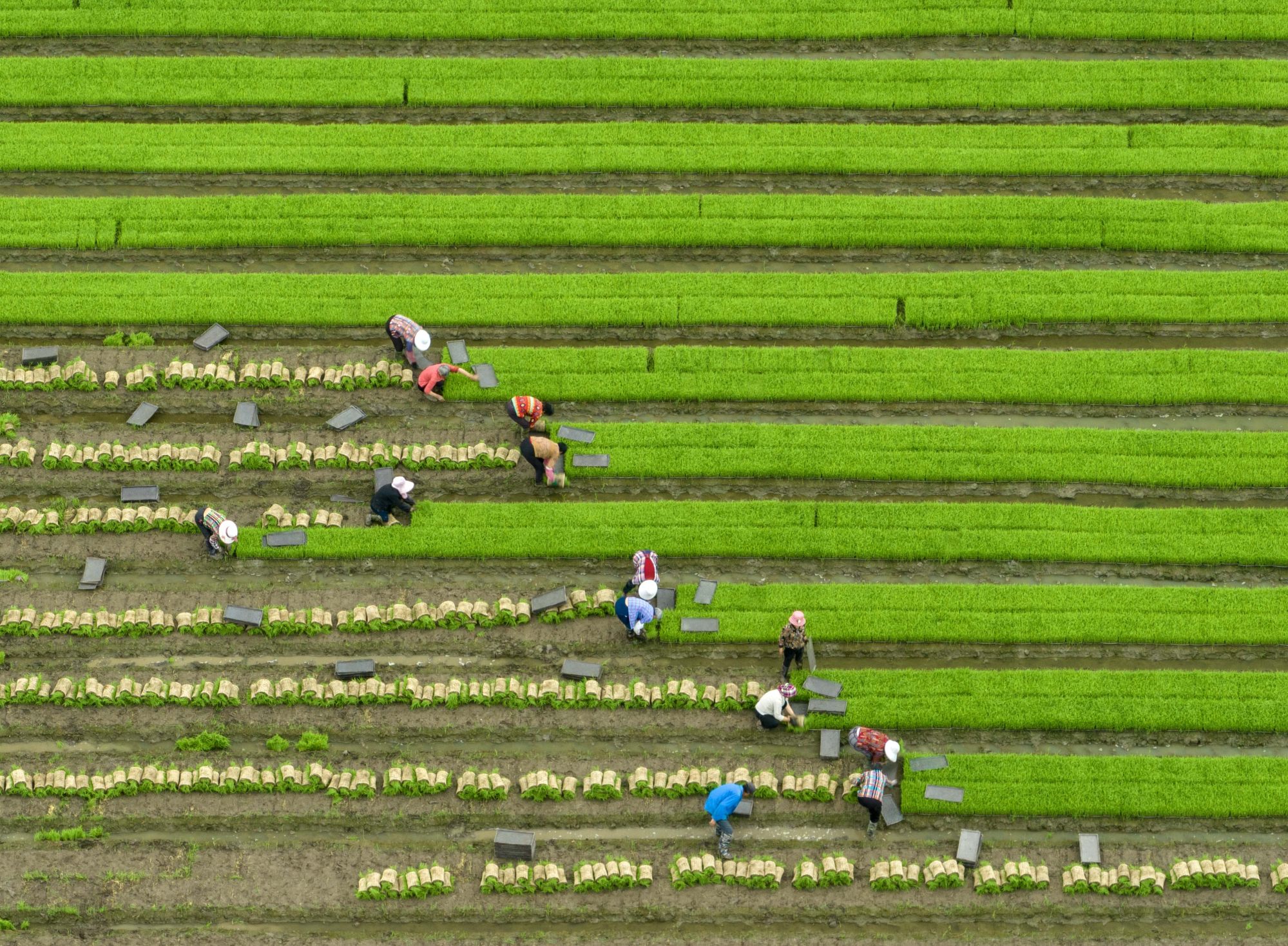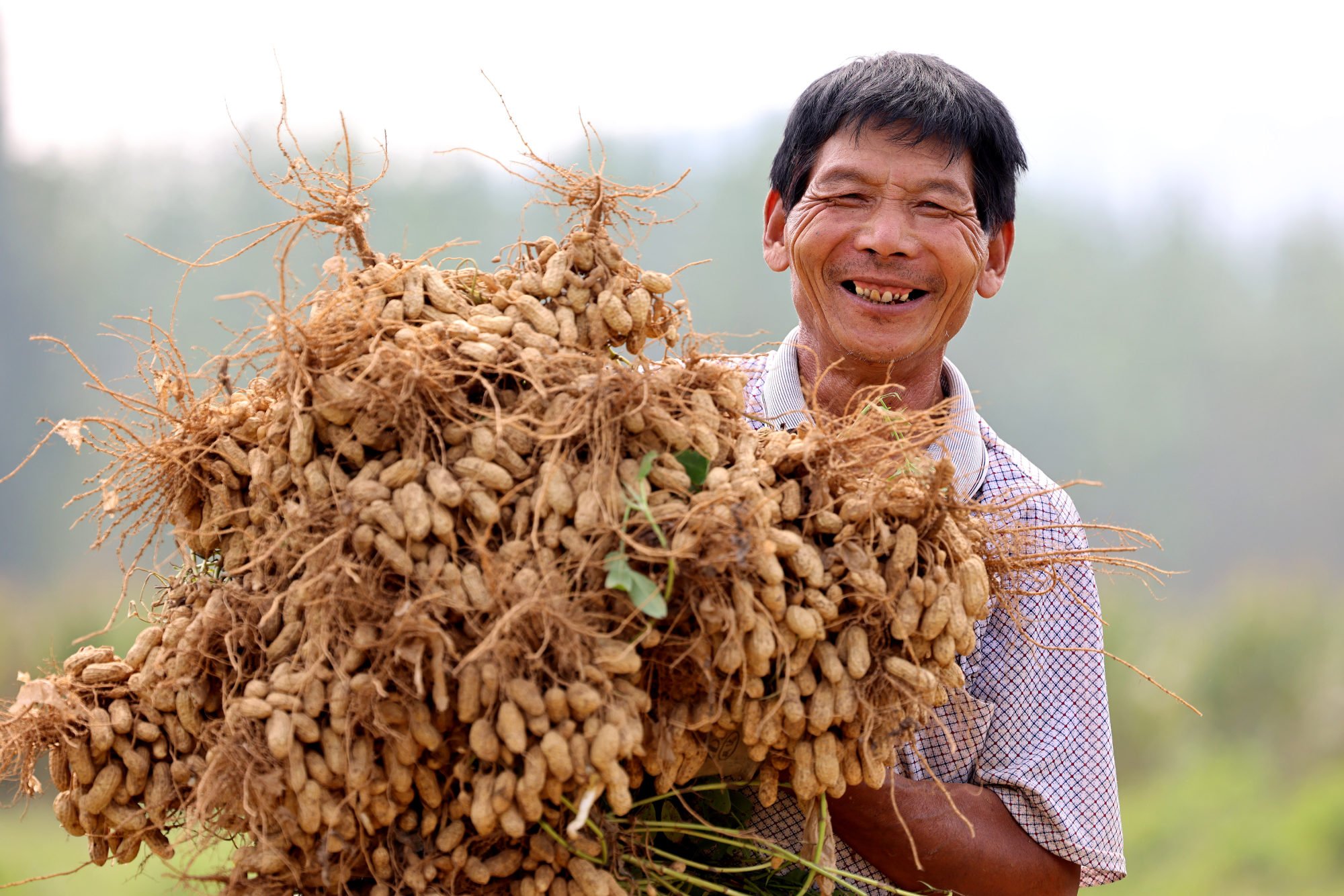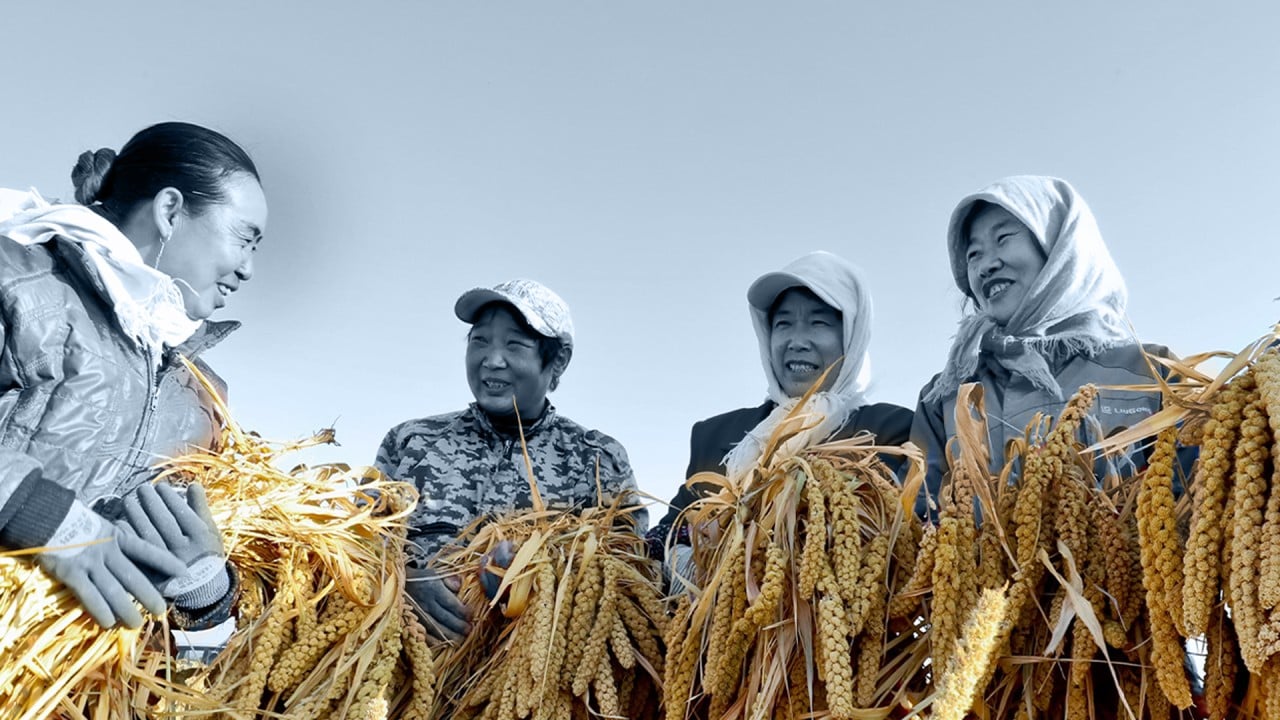The development of CropWatch enabled China to “avoid being deceived by foreign forecast information in market decisions,” the academy said in a mission statement dated in 2012.
Now recent efforts by the CropWatch team have sought to transfer the technology to developing nations.
In August, the team behind CropWatch held a workshop in Mauritius for a dozen developing nations on the implementation and progress of the system, in partnership with the United Nations Conference on Trade and Development (UNCTAD).
Wu said he believed fluctuations in food prices are largely caused by “market speculation”, and that a lack of information impacts decisions in agricultural planning, as well as deciding on imports and exports.
Most countries do not have the technology or resources to establish their own global crop yield monitoring system.
“Accurate estimates on agricultural production are a challenge even for highly developed nations,” a UN World Food Programme (WFP) spokesperson told the South China Morning Post in an email last month.
In the pursuit of understanding agriculture, developing nations face different challenges relating to a lack of capacity to accurately analyse and estimate their production, as well as a lack of resources to implement the analyses, the WFP spokesperson said.
How Asia can invest in averting a food crisis caused by climate change
How Asia can invest in averting a food crisis caused by climate change
Linda See, a researcher for the International Institute for Applied Systems Analysis, told the Post in an email on November 15 that a lack of data and resources for collection and analysis, and expertise or capacity to process the data are major challenges to agricultural monitoring.
It uses satellite and ground monitoring to analyse the production and conditions of countries that account for over 80 per cent of the world’s staple grain production.
In 2020, CropWatch announced a partnership with UNCTAD to “facilitate and stimulate agricultural monitoring of 14 developing countries”. This includes providing training for use of the system, as well as customising it to the specific requirements of each country.

“The technologies that emerge in developing countries are a lot more suitable to the local conditions and the low resource settings of other developing countries,” Shamika Sirimanne, director of technology and logistics for UNCTAD, said in an interview in April.
“Its focus on long-term sustainable implementation by participating countries and the fact that it represents a true transfer of knowledge and technology make it stand out,” she said. “This will enable [countries] to make data-driven policy decisions.”
According to the International Food Policy Research Institute, the inability to forecast a change in food prices makes it difficult for producers to respond to supply changes and for policymakers to take action.
CropWatch’s cloud-based system allows stakeholders to access the platform “without additional investments on hardware and software”, which the FAO said are the main constraints behind building up crop monitoring capacity in developing nations.

It added that improving access to information is essential for calming speculations on the world food market.
Mauritius imports around 75 per cent of its food. This makes the nation vulnerable to external shocks from other nations.
For the small percentage of food that the nation produces domestically, droughts, cyclones and flooding threaten production, according to UNCTAD.
Mauritius implemented CropWatch to enhance early warning for natural disasters, and to influence how it trades based on monitoring global yield and supply.
The system “will mitigate price fluctuations due to erratic supply on the market,” and help reduce food import bills, Micheline Seenevassen Pillay, chief executive officer of the country’s food and agricultural research and extension institute, told UNCTAD.
In Mozambique, prior to CropWatch being implemented, the country relied on others to obtain its monitoring information. So CropWatch was customised to help address Mozambique’s specific needs.
When countries that need the technology learn it, they can monitor agricultural conditions according to the specific conditions of their own country
Now the country has the ability to publish monthly reports on the status of its agriculture during the rainy season, according to China Youth Daily.
“The difference between our technical service model and the existing model is that when countries that need the technology learn it, they can monitor agricultural conditions according to the specific conditions of their own country,” Wu told China Youth Daily.
Wu said during a presentation in August that one of the issues with crop monitoring reports was that a lack of access to the code and underlying data meant it was hard to question results.
With CropWatch, nations can take a closer look at the information provided by creating their own analyses, as well as looking at the published and synthesised bulletins developed by stakeholders around the world.
In the first decade of CropWatch’s implementation, the centre stated that it helped predict the 2003 soybean crisis and gave early warning to relevant authorities in China.
CropWatch is a partner of the Group on Earth Observations Global Agricultural Monitoring Initiative (GEOGLAM), which was mandated by the Group of Twenty agricultural ministers in 2011.
GEOGLAM, which has national partners across the world, aims to monitor global production of maize, rice, soy and wheat, as well as provide information to improve market transparency.
“We hope that after developing countries around the world master this technology, food production information can be shared transparently and reduce distortions in the international food market,” Wu said.
While remote crop monitoring plays a major role in adapting to food security problems, the WFP spokesperson stated that it still needs to be “part of a broader package that looks to address hunger and malnutrition in all its forms”.
However, the spokesperson stated that they look to the work of CropWatch with “great interest” and look forward to collaborating with the team in the future.



